Apr to Jun 2023 Whitsunday Conservation Council Inc
The Whitsundays’ natural environment is world-recognised and diverse. Your WCC is driving conservation and ensuring our region is preserved for future generations to enjoy. Our members are making a difference.
In this Edition click on the > toggle headline to read more
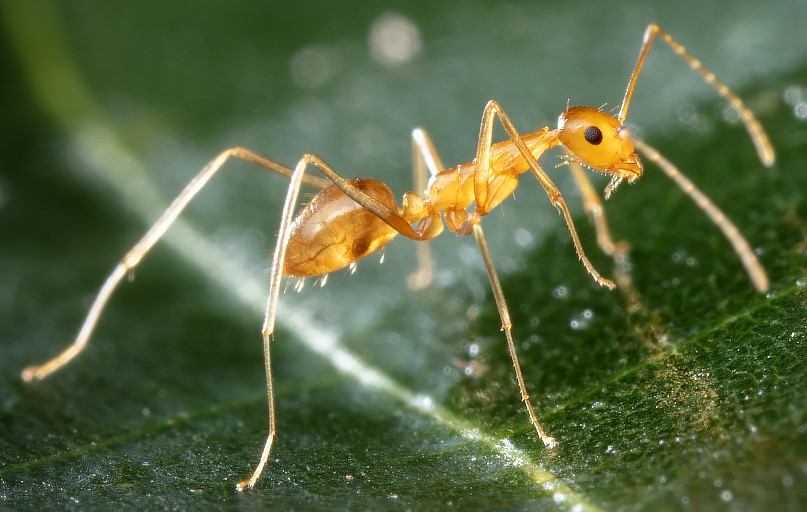
Colonies of this scavenging predator were first reported in the Whitsundays in 2019. Yellow Crazy Ants can cause ecological meltdown and damage to properties and their fittings. On 11-6-23, the ABC reported electrical damage caused by yellow crazy ants to a home in Woodwark. Read more.
Yellow crazy ants do not bite or sting but they do spray formic acid to subdue their prey. Nearly 5mm in length, crazy ants are a formidable foe, especially when they form supercolonies. They kill fauna and encourage scale insects, which causes forest die back and eventually the death of large forest trees. The next stage includes excessive weed colonisation and the degradation of the forest environment.
Yellow crazy ants are especially devastating to native wildlife. In high numbers they reduce overall species diversity and abundance by displacing or killing native ant species, preying on arthropods, ground and arboreal vertebrates such as amphibians and birds.
Please report any suspected sightings to:
- Whitsunday Regional Council at info@whitsundayrc.qld.gov.au or call 1300 972 753
- Wet Tropics Management Authority at YCA@wtma.qld.gov.au or call 07 4241 0525
Useful references:
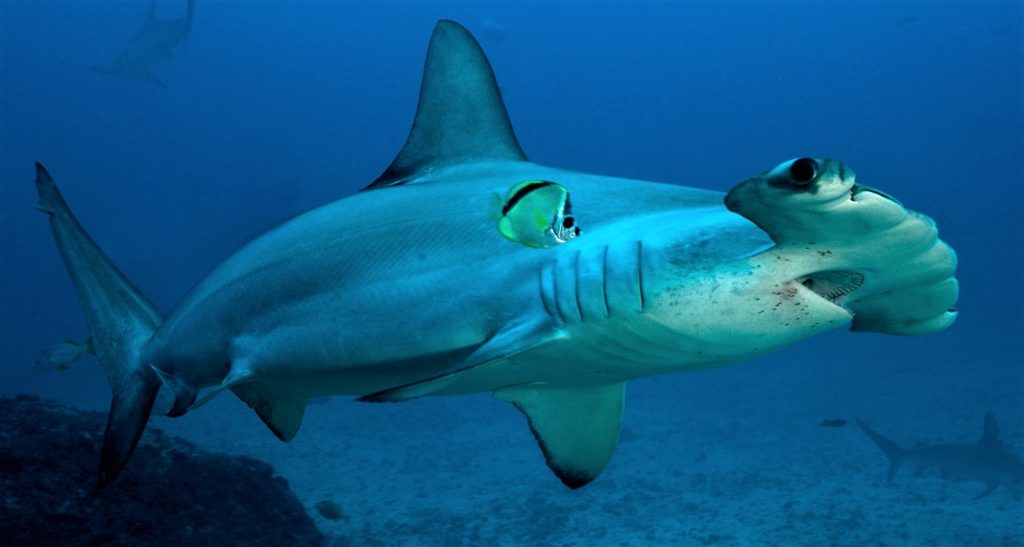 On May 15, 2023, your Whitsunday Conservation Council wrote to the Great Barrier Reef Marine Park Authority, as part of a public consultative process and they replied to us on June 7, 2023. This hammerhead shark and other species will benefit.
On May 15, 2023, your Whitsunday Conservation Council wrote to the Great Barrier Reef Marine Park Authority, as part of a public consultative process and they replied to us on June 7, 2023. This hammerhead shark and other species will benefit.
Queensland and the Australian governments commitment to remove gillnets from the Great Barrier Reef and improve fisheries transparency is a huge win for the Reef and iconic threatened species such as dugongs, turtles, sharks and sawfish.
It is also a big win for the Whitsundays as we are very dependent on a healthy Reef
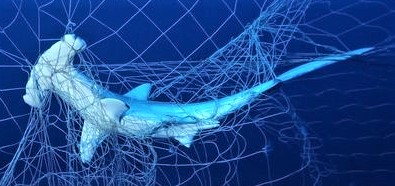 Gillnets are large fishing nets, sometimes over one-kilometre long, used to catch fish such as barramundi and mackerel, but they are indiscriminate in what they catch. Threatened animals including dugongs, sawfish and green turtles are easily entangled in gillnets which can cause injury and death.
Gillnets are large fishing nets, sometimes over one-kilometre long, used to catch fish such as barramundi and mackerel, but they are indiscriminate in what they catch. Threatened animals including dugongs, sawfish and green turtles are easily entangled in gillnets which can cause injury and death.
Threatened species bycatch in commercial gillnets has long been considered the biggest sustainability issue for fisheries on the Reef. Permanently removing these devastating nets will help populations of threatened species to recover.
The State and Federal Governments have also declared threatened hammerhead sharks as no-take species, including the great hammerhead shark and the scalloped hammerhead shark which are both listed endangered by the IUCN. Currently, both sharks are still being legally fished on the Great Barrier Reef.
The ongoing fishing of endangered hammerheads for meat and fins has long been out of step with protecting and recovering threatened species in the Reef.
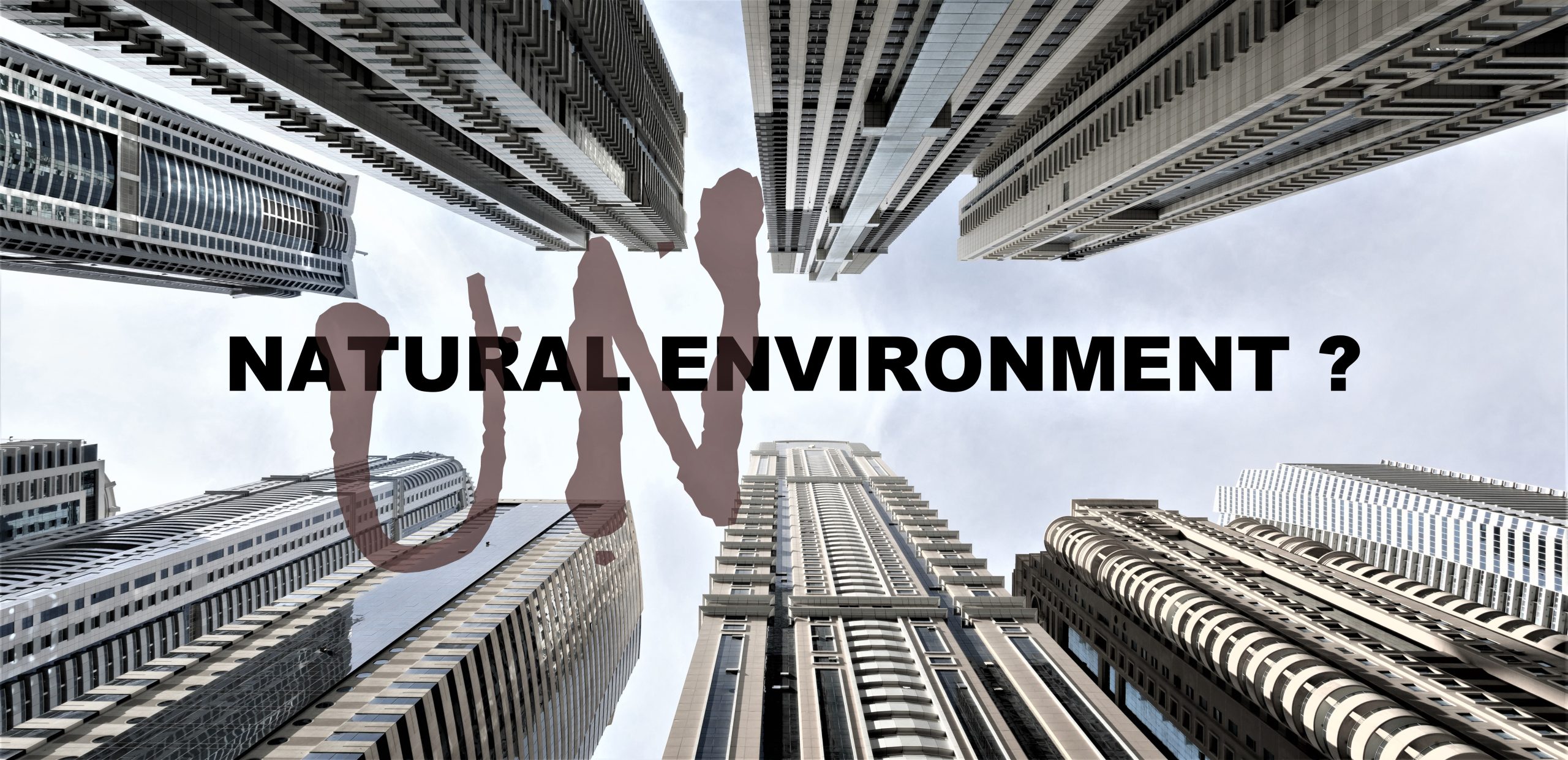
Do locals and visitors to Airlie Beach want concrete eyesores towering above them
OR a unique and memorable tropical village streetscape?
Our community waits for a decision on this from the Brisbane Planning & Environment court but, regardless of the outcome, community expectations centre on ethical decision-making by those whom we entrust with a duty of care for the well-being of present and future generations. As evidenced by thousands of submissions, our community has had enough of asinine decision-making.
The Australian Institute of Health and Welfare states: “The built environment interacts with the natural environment through its use of land, water and energy resources, and the waste and emissions produced.”
The many environmental issues facing Airlie Beach’s tourist precinct include inappropriate buildings, especially hotpotch highrise. Fundamental to a decision on building density and occupation is the concept of Carrying Capacity, which is defined for areas that have aesthetic value by Middleton and Hawkins Chamberlain (1997) as “the level of human activity an area can accommodate without the area deteriorating, the resident community being adversely affected or the quality of visitors’ experience declining”..
Airlie Beach does not have the historic buildings or miles of easy access beaches associated with iconic tourist destinations elsewhere. It does not have adequate infrastructure to cope with the many thousands of tourists that rampant high rise would require in order to stay solvent. It does not have a monopoly on accommodation for reef trips.
But … it does have an opportunity to preserve and enhance its unique village atmosphere and secure its future, free from inappropriate buildings and excessive toxic fossil fuel vehicles. Some suggestions:
- Preserve public greenspace, instead of giving it away to private enterprise.
- Build on our tropical ambiance by planting more shade trees and tropical vegetation.
- Improve public parks and gardens, with some linked by walking trails.
- Re-route traffic and allow Airlie to breath from a Shared Zone down Main St and Airlie Esplanade.
… Our Community’s well-being depends upon getting it right.
 As part of our campaign to establish a ‘go-slow’ zone around Pigeon Island, your Whitsunday Conservation Council has arranged drone surveys around Pigeon Island to document the wildlife that use the area. The results have been exciting, from the 11 flights carried out since September 2022, we have seen up to 114 turtles in one flight, and dugongs were seen on 6 of the 11 flights, on four occasions there were 4 dugongs at one time, which were 2 females with calves, who appear to be regular users of the area.
As part of our campaign to establish a ‘go-slow’ zone around Pigeon Island, your Whitsunday Conservation Council has arranged drone surveys around Pigeon Island to document the wildlife that use the area. The results have been exciting, from the 11 flights carried out since September 2022, we have seen up to 114 turtles in one flight, and dugongs were seen on 6 of the 11 flights, on four occasions there were 4 dugongs at one time, which were 2 females with calves, who appear to be regular users of the area.
Whisper Cruises have also been keeping a count of their sightings during their regular cruise through the area. They average about 32 turtles per hour cruising and they see dugongs on about a quarter of their trips.
The sea conditions and weather can make seeing the animals tricky unless the conditions are perfect, so these counts are very likely to be underestimates. We are currently working with government agencies to make it safer for the wildlife which depend on this seagrass meadow for food.
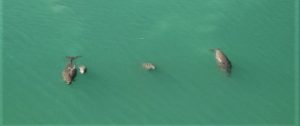
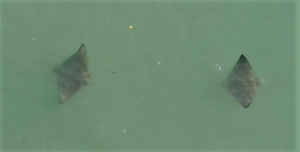
Whitsunday Indian Myna Action Group (WIMAG) is a non-profit community action group established in August 2020. WIMAG’s aim is to create awareness, track bird movements and set up humane trapping programmes.
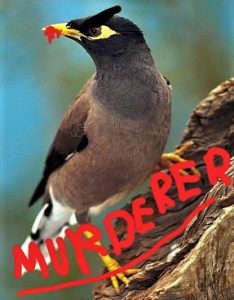 What do Indian Myna Birds look like?
What do Indian Myna Birds look like?
- Medium size, about 23 – 26 cm body length
- Chocolate brown with a glossy black head, neck and upper breast
- A distinctive yellow beak, eye patch, feet and legs
- Not to be confused with native Noisy Miners and Yellow throated Miners which are mostly grey in colour.
- In flight, white patches can be seen under each wing
- They strut rather than hop
- Bright blue eggs
Why do they need to be controlled?
They threaten biodiversity and the survival of native birds and mammals by reducing successful breeding:
- Indian Mynas can have 1 to 3 broods of chicks a year, with 3- 6 chicks in a brood. They could become the dominant bird, reducing native bird, mammal and insect populations
- Bully native birds and mammals such as parrots, lorikeets, honeyeaters, possums and sugar gliders
- Carry mites, lice and diseases which can sicken and kill native birds. They are aggressive and outcompete native fauna for food, water, nests and hollows
- Harass native birds and prevent them from feeding their chicks or kill chicks and eject eggs from the nest
- Drive away small native birds which control insect populations, creating an imbalance in local flora increasing susceptibility to disease
- Are a pest on farms, orchards and vineyards and foul water supplies. They damage fruit, vegetable, cereal crops and stock feed and spread agricultural weeds such as lantana
The Whitsunday Regional Council has a control programme in place, but more help is needed to reduce numbers and prevent a complete infestation.
Other areas, states and territories have similar groups, so if you are a visitor to the Whitsundays, please check to see if you have one at your accommodation.
THEY NEED YOUR HELP
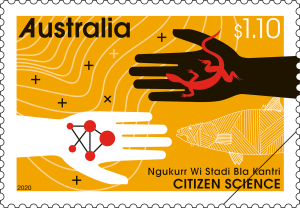 The Australian Citizen Science Association defines Citizen Science as involving public participation and collaboration in scientific research with the aim of increasing scientific knowledge.
The Australian Citizen Science Association defines Citizen Science as involving public participation and collaboration in scientific research with the aim of increasing scientific knowledge.
There are many people in the Whitsundays who have environmental skills or experience, regardless of their qualifications, that can benefit us all. But we can all help by simply sighting and recording information on an app that can provide the community with valuable data. Details below.
The Whitsunday Conservation Council is keen to hear from volunteers, so that we can collect data and monitor trends to assist with environmental issues in the Whitsundays. Read more about this below:
Be a Citizen Scientist and put the Whitsundays on the scientific map
Be an ‘Eye on the Reef’ to help us all learn more about the amazing Great Barrier Reef
Just send us a brief note on the contact form at the bottom of this page and we’ll get back to you
We live in paradise here but we may not have noticed that it could become paradise lost for the next generation.
It’s not just the broad issue of Climate Change but also the mindless stupidity of rubbish and waste, tree removal and everything you can think of, at a local level, to make our environment hotter – such as no shade, black heat-absorbing roads, excessive CO2 making concrete, reckless use of herbicides and destruction of our native flora and fauna. Bad building designs waste electricity on heating and cooling. Our electric vehicle take up lags behind other first world countries.
We have a relentless battle with bureaucracy and the fossil fuel lobby, who with support from the dominant media platform, control some of our politicians.
Please use the form at the foot of this page to let us know how we can help with an ecological or environmental problem. Our team have the right contacts and can initiate projects to tackle awareness and take action.
- Tell us what you want from us
- You can write a blog – ask us to show you how
- Better still, join our team and help us save this Whitsunday paradise.
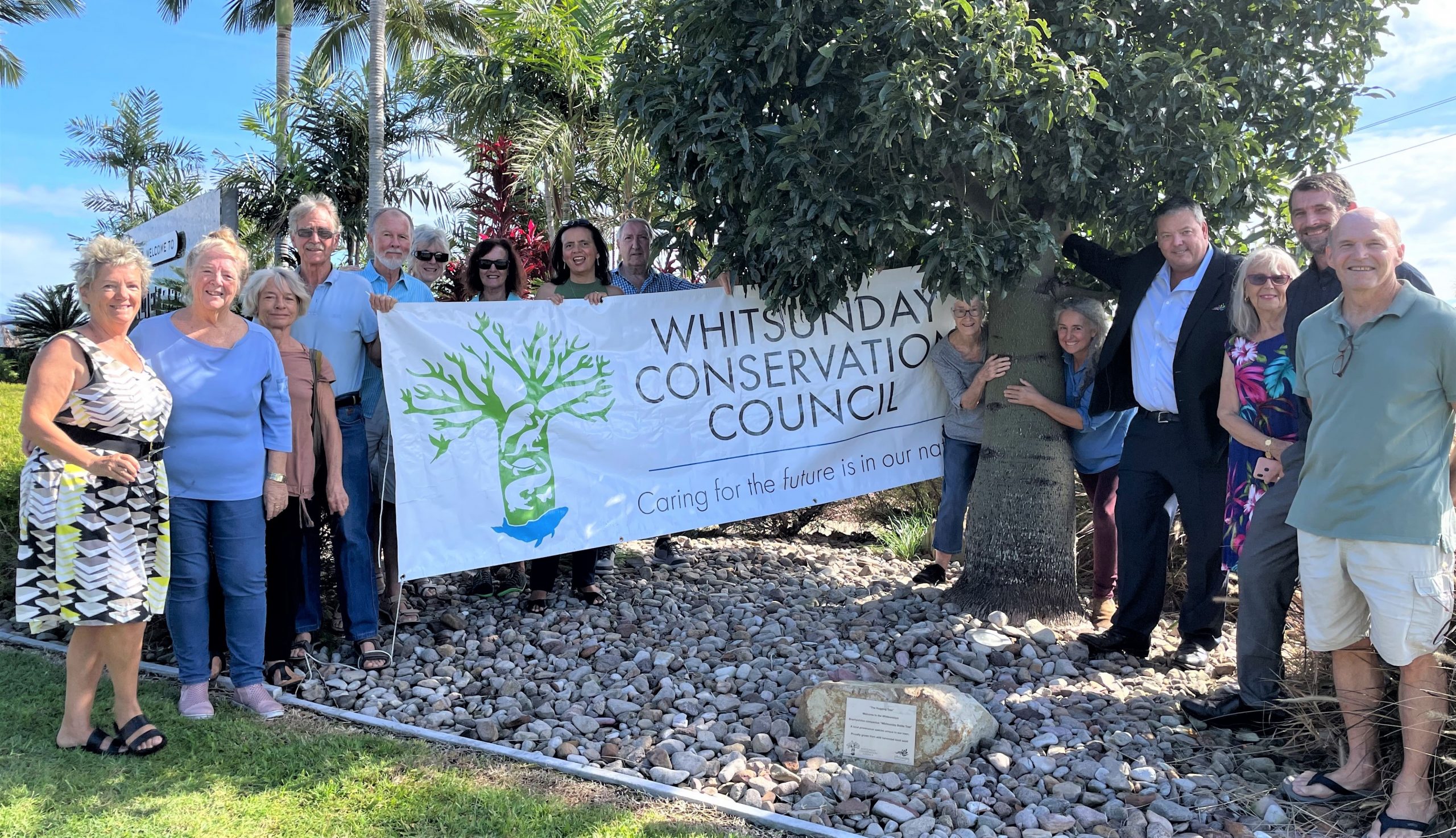
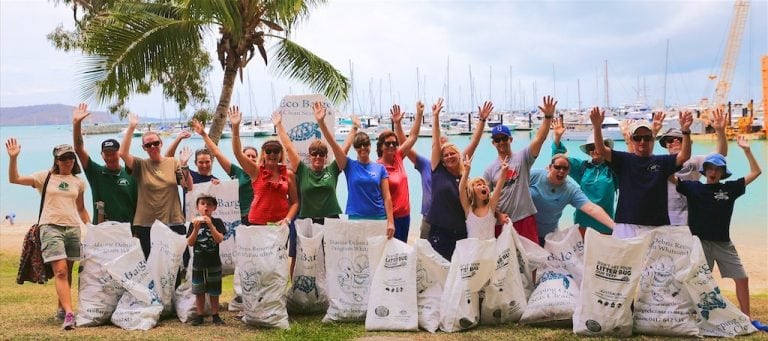 Apart from collecting plastic and other rubbish that we humans carelessly leave everywhere, there is a tremendous Camaraderie in Clean Up.
Apart from collecting plastic and other rubbish that we humans carelessly leave everywhere, there is a tremendous Camaraderie in Clean Up.
The two titans that we have to thank for removing thousands of tonnes of waste material are our local Eco Barge Clean Seas and Australia wide Tangaroa Blue Foundation. Both of these wonderful organisations are featured on our We Care page.
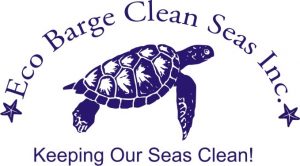 Please check these logo links now for news and clean up dates in your area
Please check these logo links now for news and clean up dates in your area 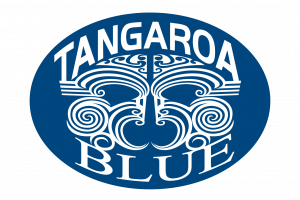
JUNE 28 Wed School holidays children & parents night spotting walk in Brandy Creek Great Walk
JUNE 29 Thu Indian Mynah bird public information event at the Whitsunday Marine Club building (aka VMR)
JULY 23 Sun We have a marquee at the Fete held by Cannonvale State School Parents and Citizens Association
… and at the Airlie Beach Markets on the last Saturday in the month
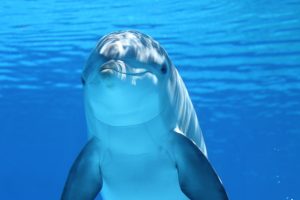 Want to know more? Contact us using the form at the bottom of this webpage …
Want to know more? Contact us using the form at the bottom of this webpage …
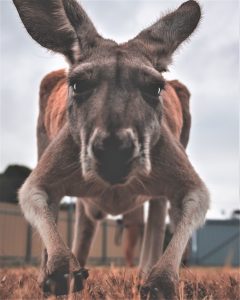 If you are like most people, you probably put renewal notices in the “do later” folder and hope that it takes care of itself.
If you are like most people, you probably put renewal notices in the “do later” folder and hope that it takes care of itself.
The subscription is either too much so you decide not to renew, or too little so you feel you can’t be bothered and that it won’t make any difference anyway.
Have a look at our Treetops webpage and go to the bottom of the list to find Charlie Pickering takes on Alan (cash for comments) Jones over his famous “grain of rice” Australia is too small to make a difference on climate change.
Each subscription to WCC is like that grain of rice, not just in monetary terms but in terms of building an effective force that will get your voice heard by governments at all levels. We ask only for a $1 but having you as a member makes us a million dollar force for environmental awareness.
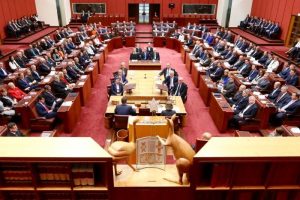 But there is more to it. The federal government makes it hard for charitable environmental organisations to exist in Australia. We are bogged down in red tape and membership numbers is one of them.
But there is more to it. The federal government makes it hard for charitable environmental organisations to exist in Australia. We are bogged down in red tape and membership numbers is one of them.
So please, make your membership worth a million dollars and renew as soon as you get the renewal notice. Many thanks.